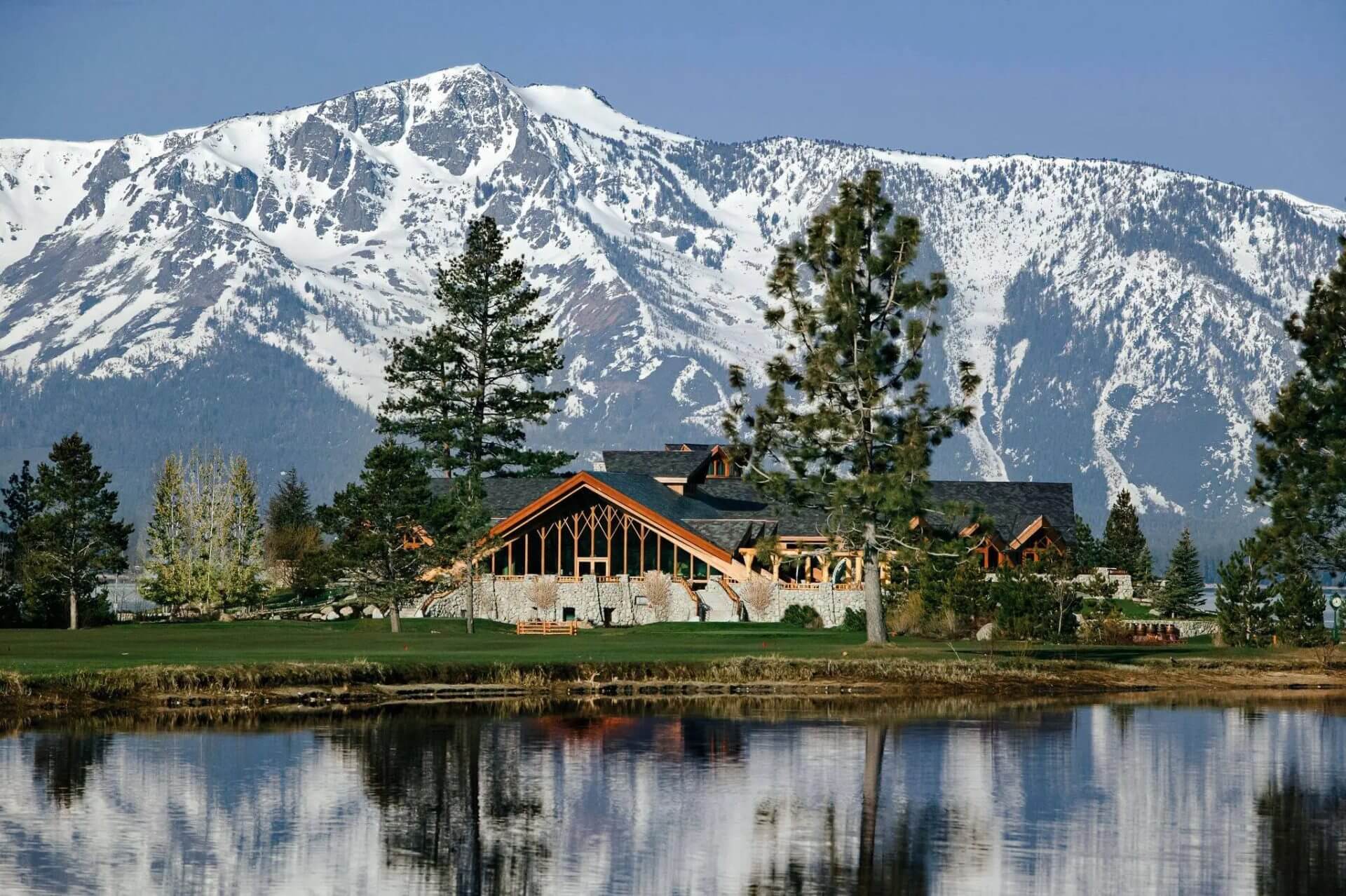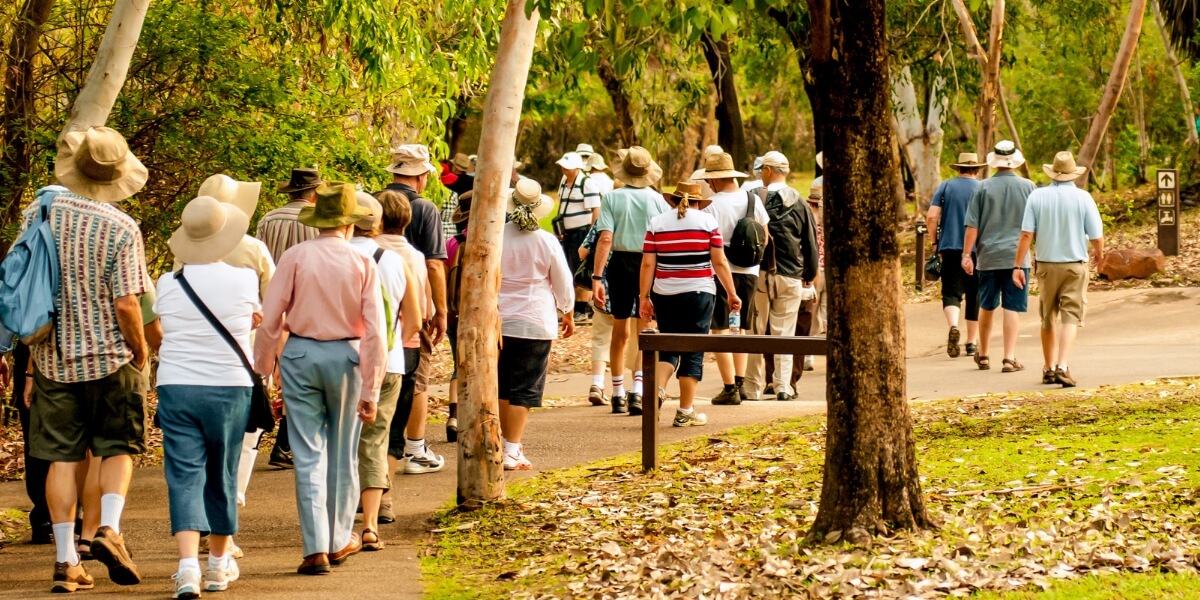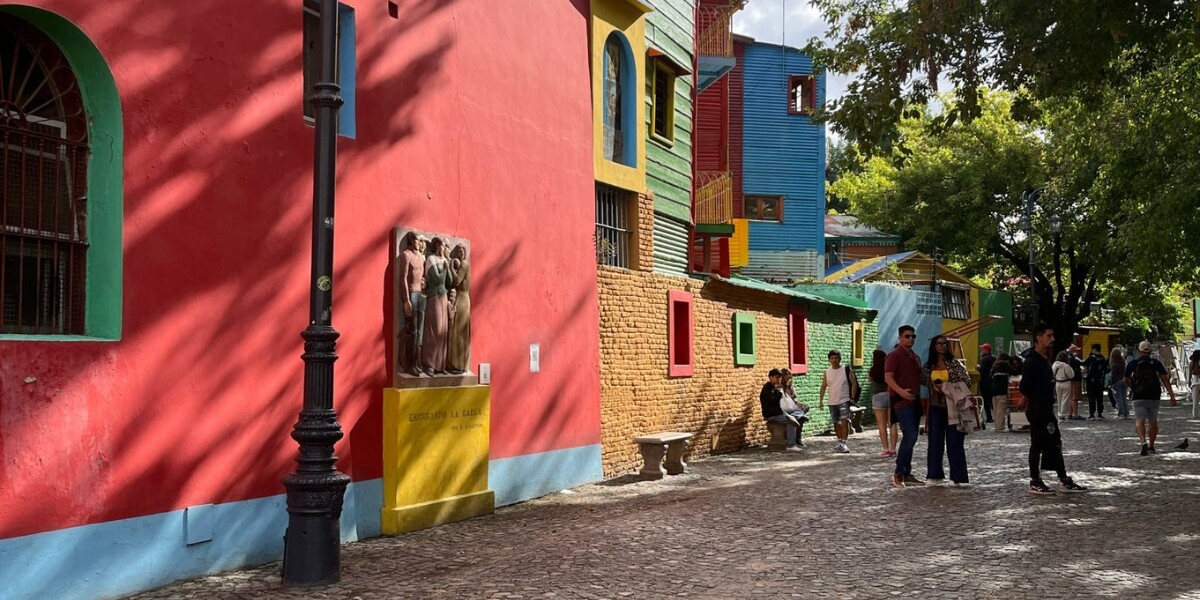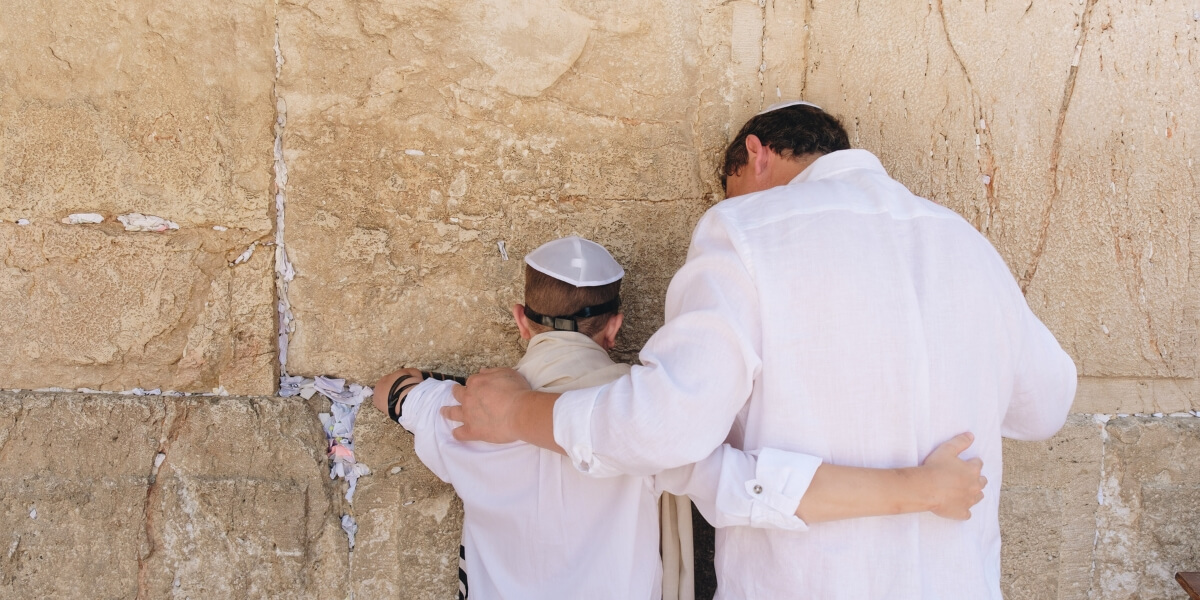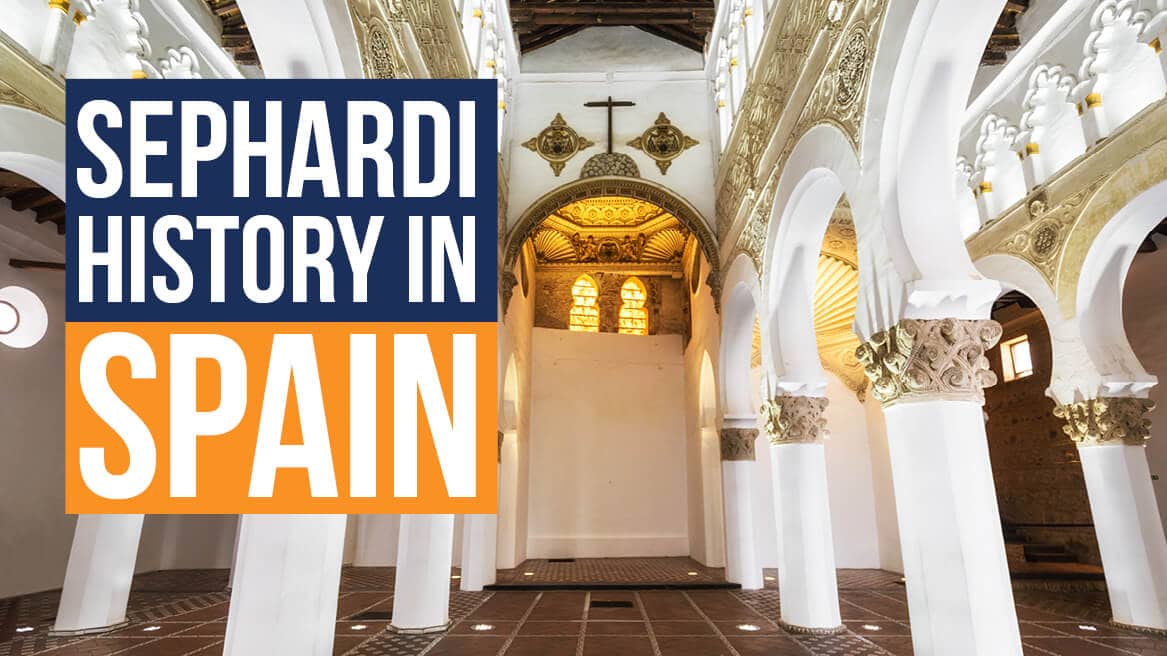
The history of the Jews of Spain is truly remarkable. Spain has been home to a Jewish community which has influenced Spain’s history, culture, art, and customs for centuries. The name Sephardi itself, meaning ‘’Spanish’’ or ‘’ Hispanic’’ in Hebrew, is derived from Sepharad (ספרד), a Biblical location, identified as Hispania, or the Iberian Peninsula. Prior to 1492, Jewish communities thrived in many Spanish and Portuguese provinces. Jews, as a minority, constituted the population of cities like Lisbon, Toledo, Seville, Córdoba, Granada, and Málaga.
However, in several other, smaller towns, such as Ocaña, Hervás, Buitrago del Lozoya, Ribadavia, Guadalajara, Lucena, Llerena, and Almazán, Jewish communities formed the majority as these towns were largely founded by Jews. Today, while the Jewish communities in Spain are small, there is a grand legacy left behind of culture, architecture, literature, talmudic study and enlightenment that can be seen and felt if one looks carefully and is guided through a tour exploring this heritage.
Early History of Jews in Spain until 1300s
It is said that the first Jews came to Spain in 70 CE, after the destruction of the Temple in Jerusalem. They settled on the Mediterranean coast and then spread throughout the Iberian Peninsula. The evidence of the early presence of Jews in Spain is a trilingual inscription (in Hebrew, Greek, and Latin) on a child’s sarcophagus in Tarragona, which dates back to the Roman Empire. This sarcophagus is displayed at the Sephardic Museum in Toledo.
During the Roman Empire, the Jews treated the same way as other communities. However, after King Recaredo converted to Christianity in 586, Spanish Jews endured persecutions and forced conversions for almost a century. When Arabs arrived in 711, Jewish people cooperated and both communities got along well. The Arabic poetry inspired Jews to study and write grand poems which enabled the growth of the Hebrew culture. In the 12th century, Jews were a majority in Granada. The golden age for the Jewish communities had begun, and Toledo became not only the Jewish capital but also home to chief rabbis, Talmudists, scholars and financiers.
Unfortunately, in 1146, the Almohads of Morocco invaded Spain and prohibited the practice of Judaism. Some Jews converted, others practiced their religion secretly, while the rest fled to the neighboring countries. In the centuries that followed, the Christian efforts to win back Spain from Muslims affected Jews as well. After winning back the lost territories, the old Jewish communities, protected by the Christian monarchs, prospered in Aragón and Catalonia, while others settled in Santiago de Compostela.
As the power of the church grew, the anti-Jewish measures were issued – the freedom of Jews was limited and they were excluded from public service.
The Turning Point: 1300-1492
The anti-Jewish campaign, launched in 1378, culminated in the destruction of the Seville’s judería, and later in Andalusia and Castile. From July 1391, the pogrom of Jews continued and the Jewish communities in Barcelona, Majorca, Valencia, and Girona were wiped out. To survive, many Jews converted to Christianity and were called ‘conversos’. Others continued to practice Judaism in secret (the crypto-Jews or Marranos). The monarchs further decided to separate conversos and Jews to prevent conversos from returning to Judaism.
The Alhambra Decree
After conquering Granada on March 32, 1492, Isabella of Castile and Fernando of Aragón signed the edict of expulsion (Alhambra Decree) with the aim of eliminating Jewish influence in Spain. This decree forced many Jews into exile.
After 1492
With only a few possessions that were not in silver and gold, Spanish Jews were exiled from Spain to Portugal, North Africa, the Ottoman Empire, and other countries in Europe, mainly the Netherlands, France, England, and Italy. However, these communities retained their language, Castilian and Catalan, as well as their customs. In the 17th century, there were no Jews in Spain.
However, in the 18th century, some thinkers argued the importance of Jewish communities for the Spanish heritage. The few attempts to cancel the expulsion decree and allow the return of Jews failed. In the 19th century, Jewish merchants started visiting Spain for textile trade, establishing small Jewish communities, which were recognized in the 20th century. In 1913, Professor Abraham Shalom Yehuda was invited to teach Hebrew at the University in Madrid. In 1914, Barcelona opened a synagogue, and Madrid followed in 1917.
After World War I, these efforts of Jewish recognition intensified. On December 24th, 1924, the Spanish government issued the decree granting Sephardim Spanish nationality on certain conditions. During World War II, due to the revival of anti-Semitic propaganda, the synagogues and Jewish cemeteries in Madrid and Barcelona were closed, and circumcisions and marriages were prohibited. As a neutral state in the war, Spain was an exit point for many European Jews who were kept there in camps until their deportation to the USA.
In the decades after WWII, despite Spain being a Catholic country, Jewish communities began to form again, opening synagogues and centers for studying Spanish Judaism. Spain’s constitution from 1978 guaranteed all citizens religious freedom, and today, we can find Jewish communities in Barcelona, Madrid, Valencia, Malaga, and Seville, as well as in Melilla and Ceuta, the Moroccan enclaves.
The expulsion of Jews in 1492 and their exile marked the end of an era and the beginning of another in the history of Sephardi Jews. Hundreds of years of exile didn’t extinguish their identity as Sephardic Jews, nor did it diminish their accomplishments on the Iberian Peninsula. Their presence left incredible marks on the region’s culture, language, customs, and architecture. The beautiful Sephardic synagogues, whether built before or after the expulsion decree, retained Islamic influence in their architecture and they favored calligraphic, geometric and floral decorative motifs. Some of them remained synagogues, while others were turned into museums to preserve and cherish the history of Sephardi communities. Unfortunately, many of the old synagogues were converted into various other buildings as well. Till this day, many quarters, in cities across Spain, tell the story of the country’s Jewish communities and their magnificent tradition.
